| [1] Zheng W, Honmou O, Miyata K, et al. Therapeutic benefits of human mesenchymal stem cells derived from bone marrow after global cerebral ischemia. Brain Res. 2010;1310:8-16.
[2] Akiyama K, You YO, Yamaza T, et al. Characterization of bone marrow derived mesenchymal stem cells in suspension. Stem Cell Res Ther. 2012;3(5):40.
[3] Yip HK, Chang LT, Chang WN, et al. Level and value of circulating endothelial progenitor cells in patients after acute ischemic stroke. Stroke. 2008;39(1):69-74.
[4] 杨志华,徐凤霞,彭烈标,等.BMSCs移植后梗死灶周围及室管膜下区神经元增殖促进大鼠神经功能恢复[J].中华神经医学杂志, 2014,13(4):348-352.
[5] Barbosa da Fonseca LM, Gutfilen B, Rosado de Castro PH, et al. Migration and homing of bone-marrow mononuclear cells in chronic ischemic stroke after intra-arterial injection. Exp Neurol. 2010;221(1):122-128.
[6] Li Z, Tian X, Yuan Y, et al. Effect of cell culture using chitosan membranes on stemness marker genes in mesenchymal stem cells. Mol Med Rep. 2013;7(6):1945-1949.
[7] Hokari M, Kuroda S, Chiba Y, et al. Synergistic effects of granulocyte-colony stimulating factor on bone marrow stromal cell transplantation for mice cerebral infarct. Cytokine. 2009; 46(2):260-266.
[8] Kawabori M, Kuroda S, Ito M, et al. Timing and cell dose determine therapeutic effects of bone marrow stromal cell transplantation in rat model of cerebral infarct. Neuropathology. 2013;33(2):140-148.
[9] 吴涛,安锐,张斌青,等.131I-FIAU/TK报告基因系统监测大鼠脑梗死模型中移植细胞的研究[J].中华核医学杂志,2011,31(5): 301-305.
[10] Wakabayashi K, Nagai A, Sheikh AM, et al. Transplantation of human mesenchymal stem cells promotes functional improvement and increased expression of neurotrophic factors in a rat focal cerebral ischemia model. J Neurosci Res. 2010;88(5):1017-1025.
[11] Komatsu K, Honmou O, Suzuki J, et al. Therapeutic time window of mesenchymal stem cells derived from bone marrow after cerebral ischemia.Brain Res. 2010;1334:84-92.
[12] Solaroglu I, Cahill J, Tsubokawa T, et al. Granulocyte colony-stimulating factor protects the brain against experimental stroke via inhibition of apoptosis and inflammation. Neurol Res. 2009;31(2):167-172.
[13] 郭振宇,郑芹,雷俊霞,等.不同品系小鼠骨髓问质干细胞扩增能力及细胞表型差异的比较[J].中国组织工程研究与临床康复,2008, 47(12)-9257-9260.
[14] Caplan AI, Correa D. The MSC: an injury drugstore. Cell Stem Cell. 2011;9(1):11-15.
[15] Charbord P, Livne E, Gross G, et al. Human bone marrow mesenchymal stem cells: a systematic reappraisal via the genostem experience. Stem Cell Rev. 2011;7(1):32-42.
[16] Hicks AU, Lappalainen RS, Narkilahti S, et al. Transplantation of human embryonic stem cell-derived neural precursor cells and enriched environment after cortical stroke in rats: cell survival and functional recovery. Eur J Neurosci. 2009;29(3): 562-574.
[17] Li Y, Chopp M. Marrow stromal cell transplantation in stroke and traumatic brain injury. Neurosci Lett. 2009;456(3): 120-123.
[18] 吴晓牧,屈新辉,张洪连,等.颈动脉移植骨髓间充质干细胞治疗脑梗死大鼠[J].中华神经科杂志,2011,44(7):487-492.
[19] Buffo A, Rolando C, Ceruti S. Astrocytes in the damaged brain: molecular and cellular insights into their reactive response and healing potential. Biochem Pharmacol. 2010;79(2):77-89.
[20] Zhang D, Fan GC, Zhou X, et al. Over-expression of CXCR4 on mesenchymal stem cells augments myoangiogenesis in the infarcted myocardium. J Mol Cell Cardiol. 2008;44(2):281-292.
[21] Higuchi T, Anton M, Saraste A, et al. Reporter gene PET for monitoring survival of transplanted endothelial progenitor cells in the rat heart after pretreatment with VEGF and atorvastatin. J Nucl Med. 2009;50(11):1881-1886.
[22] Ben Azouna N, Jenhani F, Regaya Z, et al. Phenotypical and functional characteristics of mesenchymal stem cells from bone marrow: comparison of culture using different media supplemented with human platelet lysate or fetal bovine serum. Stem Cell Res Ther. 2012;3(1):6.
[23] Knoop K, Schwenk N, Dolp P, et al. Stromal targeting of sodium iodide symporter using mesenchymal stem cells allows enhanced imaging and therapy of hepatocellular carcinoma. Hum Gene Ther. 2013;24(3):306-316.
[24] Liu Z, Li Y, Zhang ZG, et al. Bone marrow stromal cells enhance inter- and intracortical axonal connections after ischemic stroke in adult rats. J Cereb Blood Flow Metab. 2010;30(7):1288-1295.
[25] Yu YL, Chou RH, Shyu WC, et al. Smurf2-mediated degradation of EZH2 enhances neuron differentiation and improves functional recovery after ischaemic stroke. EMBO Mol Med. 2013;5(4):531-547.
[26] Raghavan A, Shah ZA. Repair and regeneration properties of Ginkgo biloba after ischemic brain injury. Neural Regen Res. 2014;9 (11): 1104-1107.
[27] Xia W, Li H, Wang Z, et al. Human platelet lysate supports ex vivo expansion and enhances osteogenic differentiation of human bone marrow-derived mesenchymal stem cells. Cell Biol Int. 2011;35(6):639-643.
[28] Wang JW,Chen W,Wang YL.A ginkgo biloba extract promotes proliferation of endogenous neural stem cells in vascular dementia rats.Neural Regen Res. 2013;8(18): 1655-1662
[29] 王雪松, 阮旭中,刘买利. 银杏叶提取物(GBE)对大鼠局灶性脑缺血后细胞间黏附分子-1及其mRNA表达的影响[J].中国现代应用药学,2008,20(6):441-444.
[30] 张勇,程敬亮,王娟,等.SHU555A标记大鼠骨髓间充质干细胞的磁敏感加权成像[J].实用放射学杂志,2010,26(5):736-739.
[31] Wang H, Cao F, De A, et al. Trafficking mesenchymal stem cell engraftment and differentiation in tumor-bearing mice by bioluminescence imaging. Stem Cells. 2009;27(7):1548-1558. |
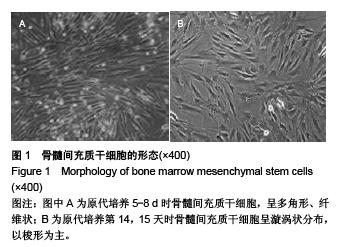
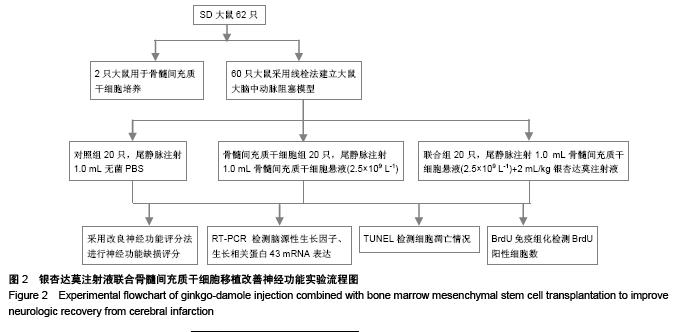
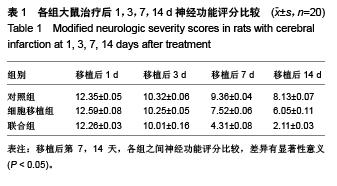
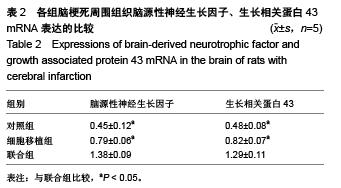
.jpg)
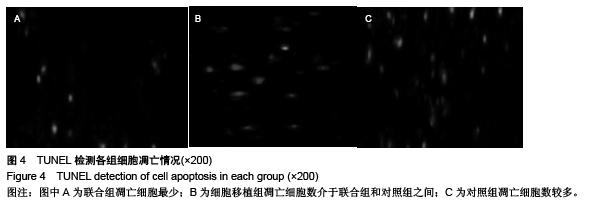
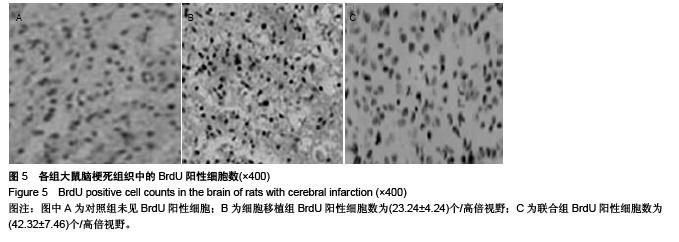
.jpg)